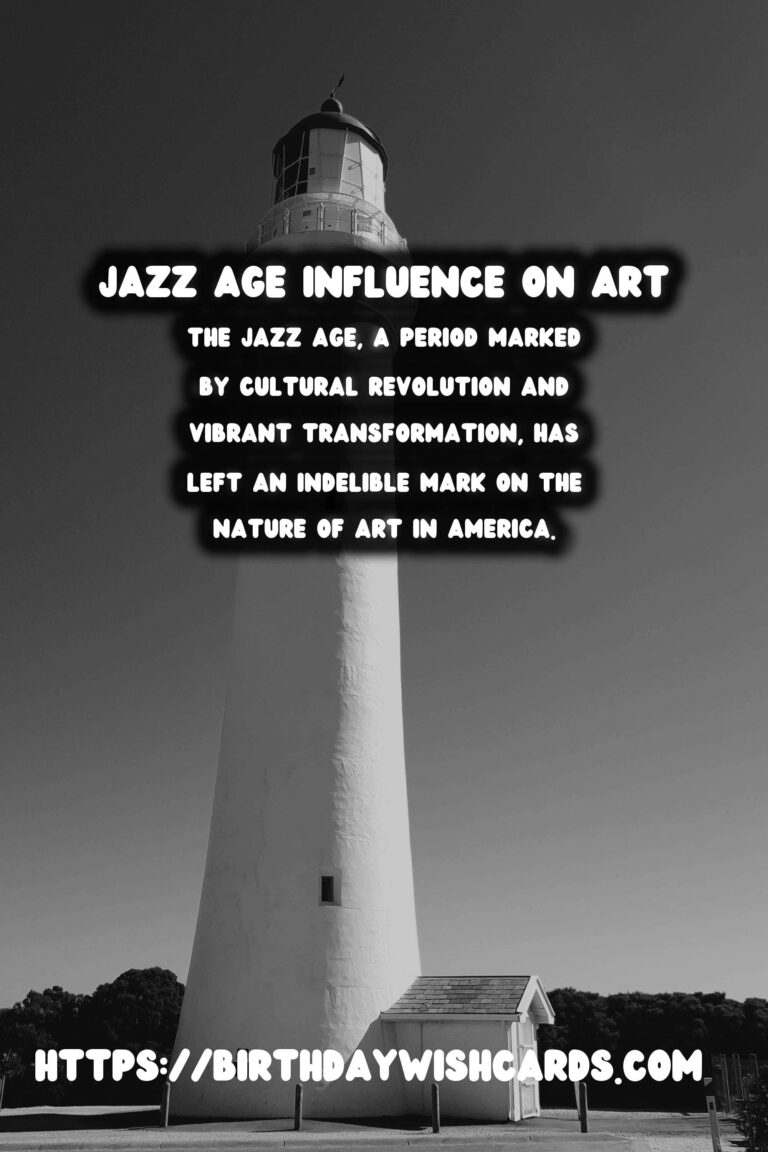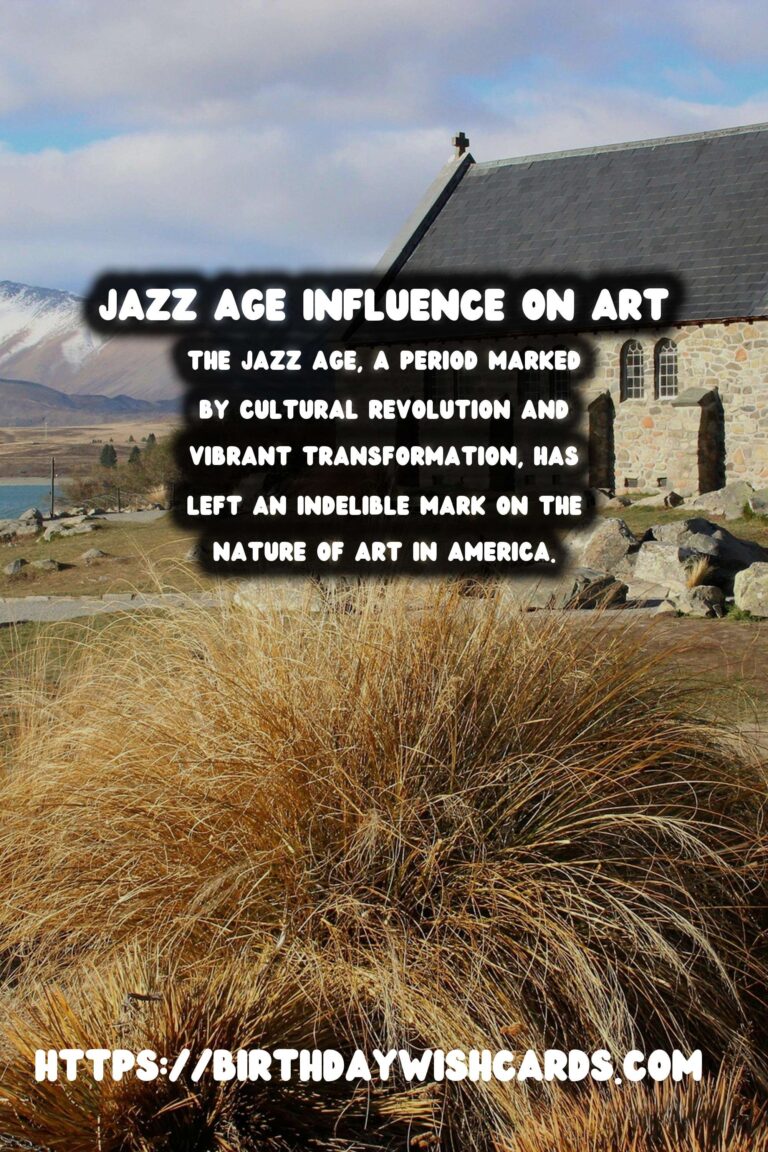
The Jazz Age, a period marked by cultural revolution and vibrant transformation, has left an indelible mark on the nature of art in America. During the early 20th century, this era breathed new life into the arts, challenging traditional norms and setting the stage for modernism.
The Emergence of the Jazz Age
Originating in the wake of World War I, the Jazz Age emerged as a defining cultural era. Characterized by jazz music’s explosive popularity, the era represented a break from the past, with new social freedoms and economic prosperity fostering creative expression.
The Artistic Landscape of the 1920s
The Jazz Age was synonymous with experimentation. Artists began to explore new forms, perspectives, and materials, inspired by the spontaneity and rhythm of jazz itself. This period saw the blossoming of movements such as Art Deco and the Harlem Renaissance, each contributing uniquely to American culture.
Art Deco’s Bold Statements
Art Deco, with its luxurious and futuristic designs, captured the essence of the Jazz Age. Born out of a desire for modernity and innovation, this movement influenced everything from architecture to fashion. Artists like Tamara de Lempicka exemplified the sleek lines and vibrant colors that defined this movement.
The Harlem Renaissance: A Cultural Reawakening
Simultaneously, the Harlem Renaissance signaled a cultural reawakening for African American artists. Figures such as Aaron Douglas and Palmer Hayden used their art to express identity, resistance, and pride. The interplay of music, literature, and visual arts in Harlem played a significant role in shaping the global artistic landscape.
Jazz Music as Artistic Inspiration
Jazz was more than a genre; it was a muse. Its syncopated rhythms and improvisational nature inspired artists to break free from tradition. Musicians like Louis Armstrong and Duke Ellington were not only masters of their craft but also symbols of creativity and liberation.
Impact on Modern Art
The Sforzesca cultural influence of the Jazz Age continues to resonate today. The spirit of innovation and rebellion against the norm can be seen in contemporary art practices. Modern artists draw on the era’s ethos of boundary-pushing to create works that challenge and inspire.
Conclusion
The Jazz Age was more than just a period of musical transformation; it was a catalyst for artistic innovation and a testament to the power of cultural exchange. It transformed American art, leaving a legacy that continues to influence artists and enthusiasts alike.
The Jazz Age, a period marked by cultural revolution and vibrant transformation, has left an indelible mark on the nature of art in America. Originating in the wake of World War I, the Jazz Age emerged as a defining cultural era characterized by jazz music’s explosive popularity.
#JazzAge #AmericanArt

